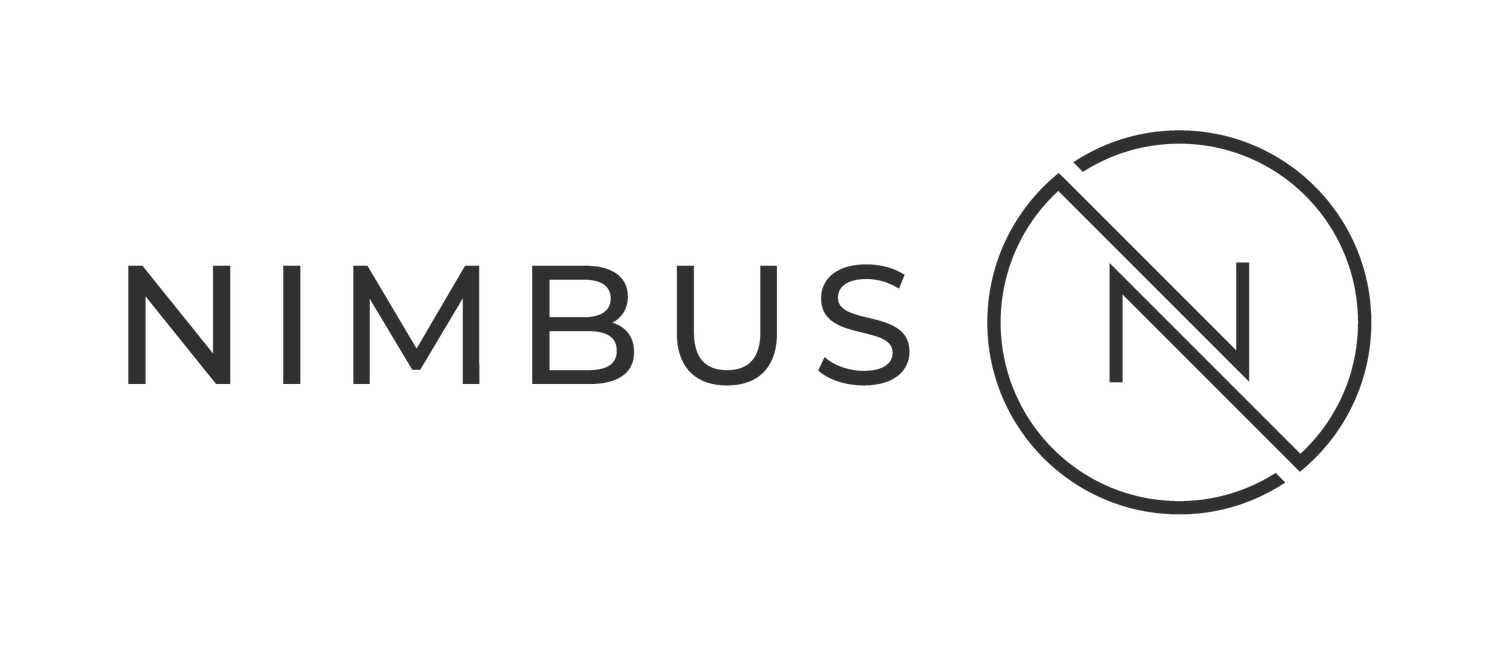How to choose the right chefs knife
A chef’s knife is an essential tool in any kitchen, and choosing the right one can significantly impact your cooking experience. Chef’s knives can be categorized based on their origin, shape, and material. Here’s a comprehensive guide to help you understand the different types of chef’s knives and select the best one for your needs.
Japanese knives vs. Western knives
Japanese knives are renowned for their precision and sharpness. They are typically lighter and have a thinner blade. Western knives are designed for durability and versatility and are generally heavier with thicker blades. Japanese knives also typically feature wooden handles that are round or octagonal, while Western handles are typically thicker and rectangular. Regardless of which you prefer aesthetically, be sure to shop for your knives in person and hold several different kinds to find the most comfortable for you.
Knife materials
The material of the blade is crucial in determining the knife’s performance and maintenance requirements. The two most common materials used in chef’s knives are carbon steel and stainless steel.
Carbon steel: Carbon steel knives are known for their sharpness and edge retention. They are easy to sharpen but require regular maintenance to prevent rust and discoloration. Chefs who prefer a razor-sharp edge often choose carbon steel knives for their precision and performance.
Stainless steel: Stainless steel knives are resistant to rust and stains, making them low-maintenance. They may not hold an edge as long as carbon steel knives but are more durable and easier to care for. Stainless steel knives are ideal for busy kitchens where regular maintenance might be challenging.
When choosing a chef's knife, it is important to consider how often you will be able to clean and sharpen the blade so you can select the correct material. Many knives are made with a blend of metals curated to the lifestyles of different chefs.
Choosing the right knife shape
The shape of the knife blade plays a significant role in its functionality. Here are some common knife shapes and their uses:
Classic chef’s knife
The all-purpose chef’s knife has a curved blade that allows for rocking motions while chopping. It is versatile and suitable for a wide range of tasks.
Santoku knife
The Santoku knife has a shorter, wider blade with a flat edge, making it ideal for chopping vegetables. Its shape allows for precise, clean cuts.
Nakiri knife
The Nakiri knife’s straight, rectangular blade is specifically designed for chopping vegetables. Its flat edge ensures precise, even cuts.
Slicing knife
The slicing knife’s long, narrow blade is perfect for slicing cooked meats. Its thin blade ensures clean, even slices.
Paring knife
The paring knife’s small, sharp blade is ideal for tasks that require precision, such as peeling, trimming, and making decorative cuts.
Korin, MTC Kitchen, and Carbon are a few of our favorite specialty knife shops where you can find any kind of knife.
Maintaining your chef’s knife
Proper maintenance is crucial for keeping your chef’s knife in top condition. Here are some tips to ensure your knife stays sharp and functional:
Regular sharpening: Use a sharpening stone or professional sharpening service to maintain the knife’s edge. Regular sharpening ensures your knife remains sharp and efficient. Check out this video on how to sharpen your knife with a wet stone!
Honing: Use a ceramic honing rod to realign the blade’s edge between sharpening sessions. Honing helps maintain the knife’s sharpness and prolongs the time between sharpenings.
Proper cleaning: Hand wash your knife with mild soap and water, and dry it immediately to prevent rust and discoloration. Avoid using a dishwasher, as the harsh detergents and high heat can damage the blade and handle.
Safe storage: Store your knife in a knife block, magnetic strip, or blade guard to protect the edge and prevent accidents. Proper storage ensures your knife remains in good condition and reduces the risk of injury.
Choosing the right chef’s knife involves considering the knife’s origin, shape, and material. By understanding the different types of chef’s knives and their uses, you can select the best knife for your needs and enhance your cooking experience. Proper maintenance, including regular sharpening, honing, and safe storage, will ensure your chef’s knife remains a reliable and essential tool in your kitchen for years.






